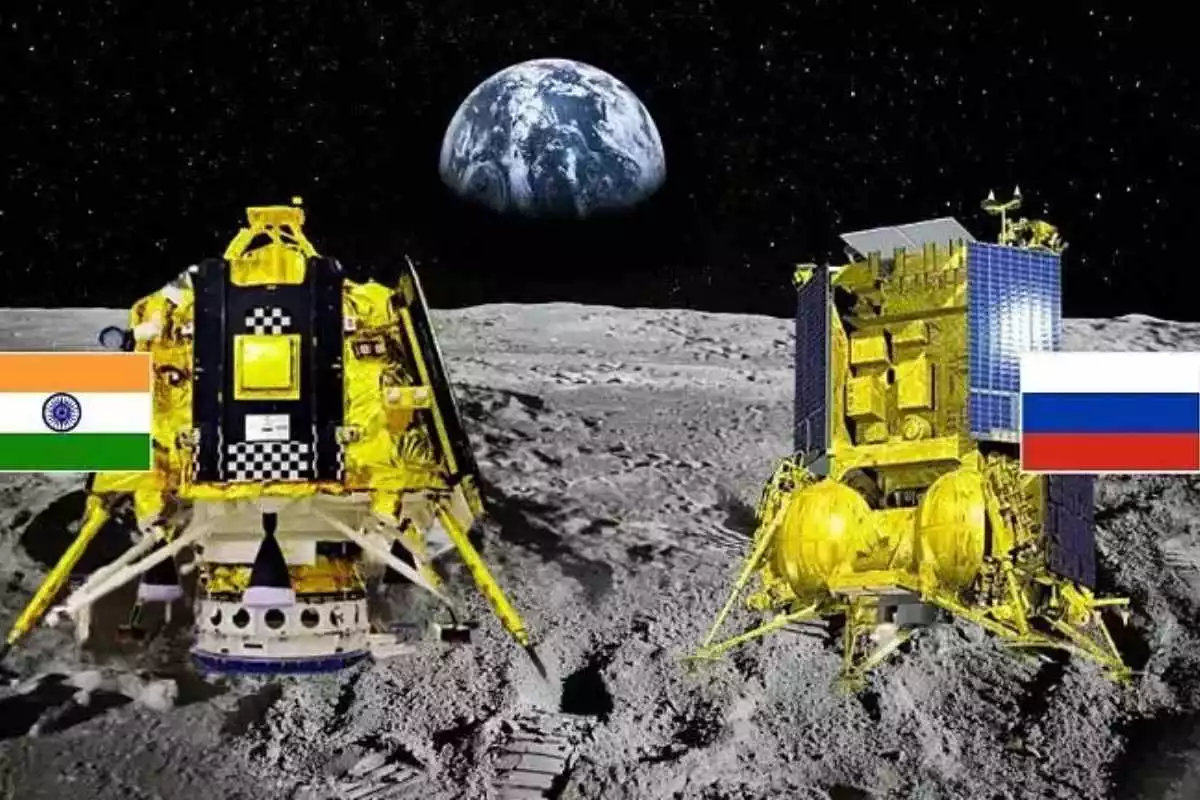
Representative Image
Indian rocket experts said on Saturday that the Chandrayaan-3 mission, India’s third mission to the moon, differs significantly from Russia’s Luna-25 in terms of technique, route, and experiments. Chandrayaan 3 launch took place on July 14th.
The basic difference
Russia’s first lunar landing spacecraft was launched successfully on Friday. Due to its reliance on a powerful rocket, Luna-25 will finish the mission in 10 days as opposed to Chandrayaan-3’s 40 days. The Indian spacecraft is primarily driven by the gravitational pull of the Earth and the moon. The lunar south pole will be the target of both missions’ landing attempts.
After a 40-day mission, Chandrayaan-3, which was launched on July 14 from the Satish Dhawan Space Centre in Sriharikota, is planned to touch down on the moon on or around August 23. Two days before Chandrayaan-3, Luna-25, which launched on August 11, is anticipated to touch down on the moon around August 21.
Also Read: ISRO Chief S Somanath: Chandrayaan-3’s Vikram Lander Will Persist Despite All Odds
How will Luna-25 reach first?
According to a scientist with the Indian Space Research Organisation, Luna-25 has a powerful rocket and a higher fuel load. It is able to power the spacecraft through the mission without needing to rely on external assistance. Whereas India’s spacecraft relies more on the gravitational forces of the Earth and moon.
How is Chandrayaan 3 launch and route different?
On condition of anonymity, he explained that after Chandrayaan-3 was launched, it was put into an elliptical orbit around the planet. The craft then continued to revolve until the space agency performed a series of maneuvers to raise its orbit, gradually guiding it into a lunar orbit.
ISRO is continued to undertake orbit-reducing maneuvers in a similar manner until the spacecraft is closer to the moon’s surface and makes a soft landing.
“India’s space program is based on the principle of frugal innovations. We try to make our missions as cost-effective as possible,” the Isro official said. “Our mission might be taking longer, but we are ensuring that our journey to the moon is extremely fuel-efficient and cost-effective,” he further added.
Also Read: Chandrayaan-3’s Most Crucial Phase About To Begin, Last 100 KMs Left
India’s space missions’ efficiency
Two previous moon expeditions by the nation—Chandrayaan-1 in 2008 and Chandrayaan-2 in 2019—used the same methodology.
Soyuz 2.1, a potent rocket that can provide the spacecraft with the thrust it needs to reach the moon’s surface rather than having to wait in Earth’s orbit, is being used by Russia to launch Luna-25 to the moon. The Launch Vehicle Mark-3, also known as the GSLV MK3, used by the Indian Space Agency to launch its mission has significantly less fuel capacity and thrust. Additionally, it has payload capacity restrictions.
A follow-up mission to Chandrayaan-2, Chandrayaan-3 intends to show that safe lunar landing and wandering are possible from beginning to end. A propulsion module will carry the lander and rover of the spacecraft to a 100-kilometer lunar orbit.
To read more such news, download Bharat Express news apps


















